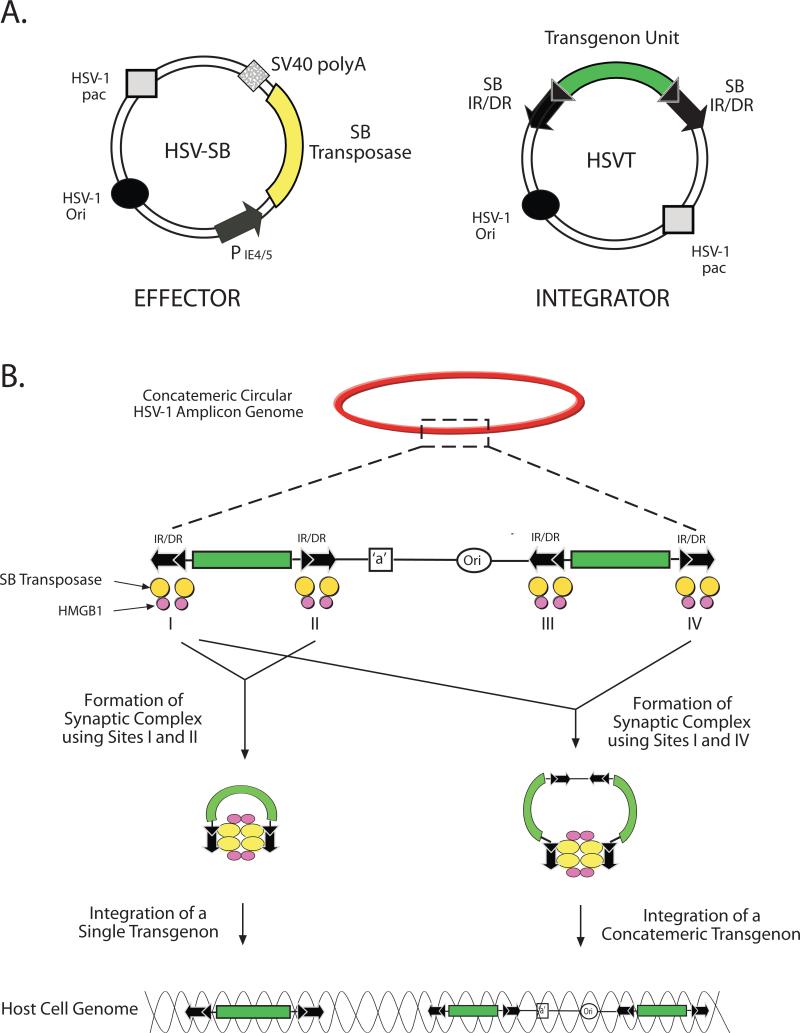Figure 1. A model of transposition-based gene transfer by the HSV-1 amplicon/Sleeping Beauty (SB) hybrid platform.
A) The two-amplicon HSV/SB vector design includes a non-integrating “effector” amplicon that expresses the SB transposase and an “integrator” amplicon that contains a transposon unit flanked by the inverted direct repeat elements (IR/DR) for SB-mediated transposition from the HSV amplicon. B) Following vector packaging, the concatemeric organization of the transgene-harbored HSV amplicon provides an optimal substrate for SB-mediated transposition of either single transgene units via the use of IR/DR sites I and II or a concatemer of transgene units via the use of non-consecutive binding sites, I and IV. The interaction of cellular and virion-associated high mobility group DNA-binding protein 1 (HMGB1) with the SB transposase can facilitate the formation of the synaptic complex, and enhance transposition from the HSV amplicon.

